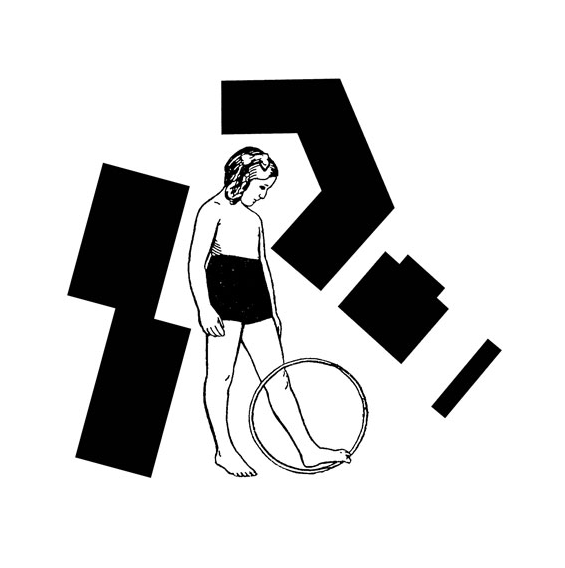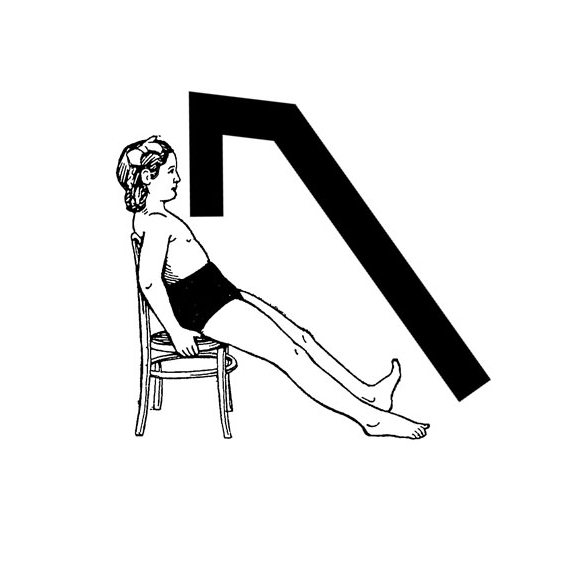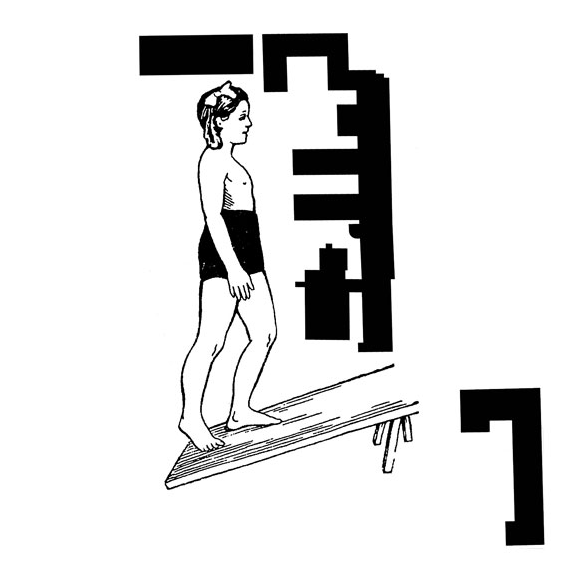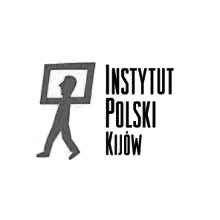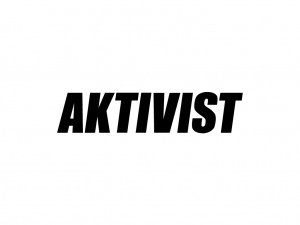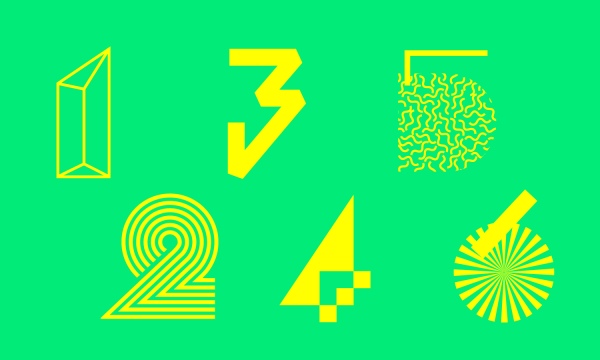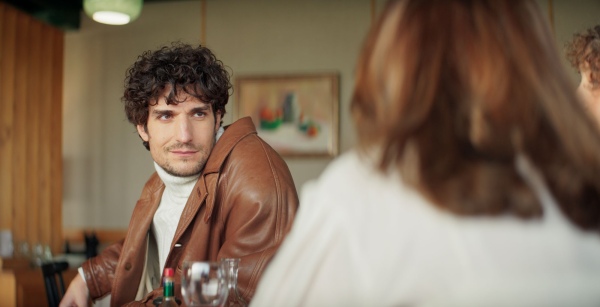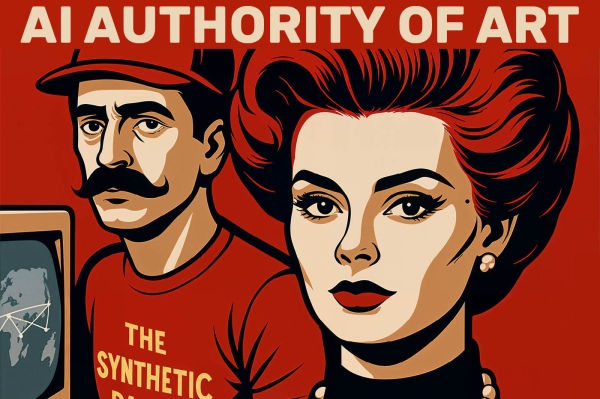Nikita Kadan
Corrections
The exhibition Corrections presents a selection of the artist’s works from 2009-2012 revolving around the topic of "the citizen’s body" which according to the artist is never private, exists as an object of exchange, is disciplined, corrected and improved by authorities. Kadan often uses the style typical for drawings taken from Soviet medical books. They represent “bodies-objects”, “obedient bodies” from Foucault which can be corrected and improved while their faces always remain calm and quiet, slightly smiling.
The issue of torture is very important for Kadan: starting from the “direct” torture used by the Ukrainian militia (police) to the “hidden torture” such as standing all day long and selling food in the street in winter – elderly women working like this constitute a typical element of the Kiev cityscape. Architecture is another important topic of Kadan’s works in which it is treated as a discipline tool, spatial manifestation of the authority.
The works Fixing (2010) and The Corrupted (2012) focus on the relations between the body and the city – when certain directions of the city development turn against its inhabitants, their social relations and everyday life, as well as against the body of the individual human being. Fixing is comprised of five lightboxes with images combining medical drawings from the medical encyclopaedia of the 1950s with “supremacist” forms of architectural planning. The city plan turns into an instrument for violent fixing of the citizen’s body. "The Corrupted" constitutes a cycle of watercolour drawings combining architectural elements with human body parts. These architectural-anatomical combinations refer to the Renaissance concept of the anthropomorphic city. The work focuses on the problems of the contemporary post-communist cities in which public space suffers due to aggressive neoliberalism. “The body of the city” is cut to pieces offered for sale.
Procedure room (2009-2010) is a set of souvenir plates with imprinted instruction drawings of tortures used by the militia. The selection of forms and visual means is connected with the absence of any clear visual documentation of torture procedures, with their specific “invisibility”.
Voices not taken into account (2011) is based on interviews and medical-like drawings documenting the method of preserving feet warmth of people standing for many hours in one place on a cold day. The interviews were taken by the artist together with sociologist Anastasia Riabchuk.
The exhbition was curated by Marianna Dobkowska in the framework of the project TRANSFER: Polish-Ukrainian Exchange 2012
in cooperation with the Pinchuk Art Centre in Kiev.
